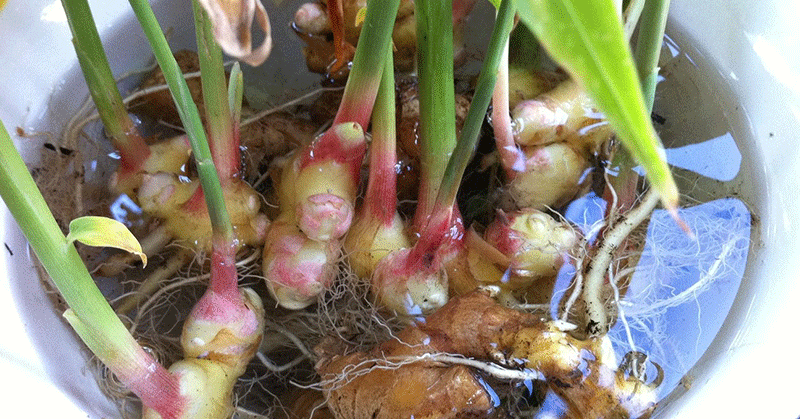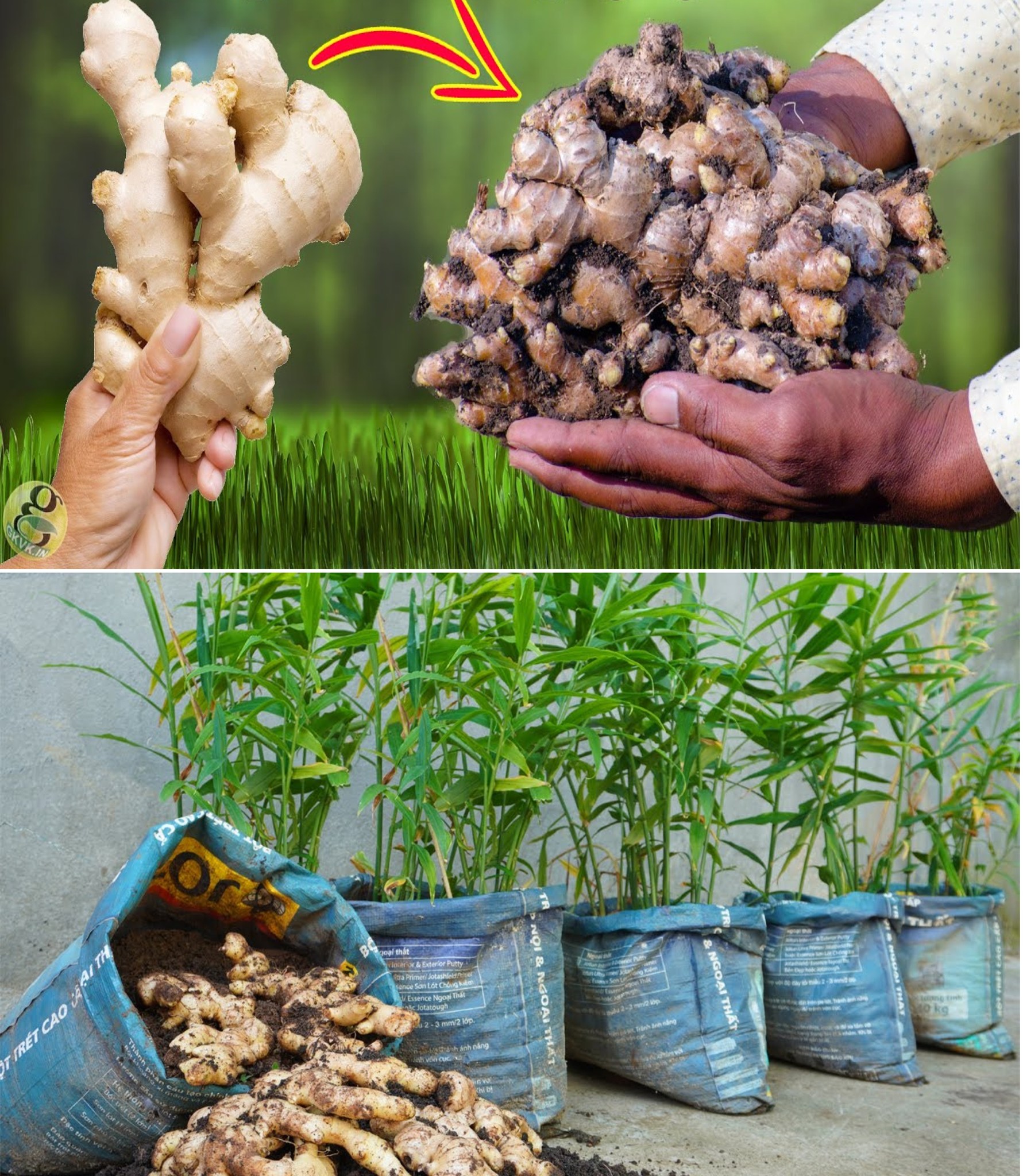
Ginger (Zingiber officinale), known for its aromatic and spicy root, is extensively used in both culinary practices and traditional medicine. Growing ginger at home can be a rewarding venture, providing access to high-quality, freshly harvested ginger. This guide outlines the essential steps for the successful indoor cultivation of ginger, with a specific emphasis on fostering the plant to bloom.
Growing ginger at home can be a rewarding experience, and with proper care, you can have a continuous supply. Here’s a step-by-step guide on how to grow ginger indoors and encourage flowering:
1. Selecting Ginger Rhizomes:
- Purchase ginger rhizomes from a reputable source. Look for plump, firm rhizomes with well-developed “eyes” or growth buds.
2. Choosing a Container:
- Use a wide, shallow container with drainage holes. Ginger prefers shallow planting, and the container should be at least 12 inches deep to allow for root development.
3. Soil and Planting:
- Use a well-draining potting mix rich in organic matter. Plant the ginger rhizomes with the eyes facing up, about 2 inches deep. Space multiple rhizomes at least 6 inches apart.
4. Watering:
- Keep the soil consistently moist but not waterlogged. Ginger prefers humidity, so misting the leaves occasionally can be beneficial. Use a watering schedule that allows the soil to dry slightly between waterings.
5. Light:
- Provide indirect sunlight or filtered sunlight for your ginger plant. It can tolerate some direct sunlight, but avoid harsh, intense light.
6. Temperature:
- Ginger prefers warm temperatures between 75-85°F (24-29°C). It’s essential to maintain a consistently warm environment for optimal growth.
7. Fertilization:
- Fertilize the ginger plant every 2-4 weeks with a balanced, water-soluble fertilizer during the growing season. Reduce or stop fertilization during the dormant period.
8. Harvesting:
- Ginger can be harvested when the plant is 8-10 months old. You can carefully dig around the rhizomes, taking what you need while leaving some in the soil for continuous growth.
Encouraging Flowering:
Encouraging ginger to flower can be a bit challenging, as it often requires specific conditions. However, you can try the following:
- Mature Plants: Ensure that your ginger plant is mature (at least 10-12 months old) before attempting to induce flowering.
- Daylength and Light: Mimic the natural conditions of ginger by providing a consistent day length of 10-12 hours. This may involve using blackout curtains or supplemental lighting to control the day length.
- Temperature Drop: Ginger typically flowers when there’s a drop in temperature. You can try exposing the plant to a cooler period (around 50-60°F or 10-15°C) for a few weeks.
- Nutrient Stress: Some gardeners believe that slight nutrient stress can encourage flowering. Reduce fertilizer slightly during the cooler period.
It’s important to note that not all ginger varieties readily produce flowers, and success in getting your ginger to flower may vary. Even if your plant doesn’t flower, you can still enjoy a continuous supply of ginger by harvesting and replanting rhizomes.
